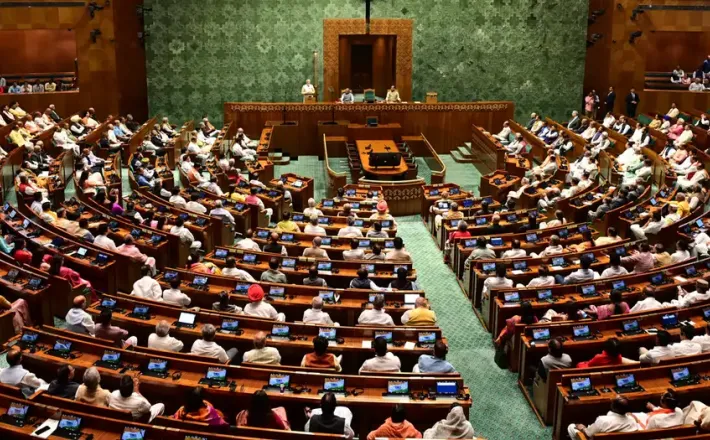Women in politics: How far has Asia come?
Source: DW News
Tokyo Governor Yuriko Koike, the first woman to lead Japan's capital, clinched a third term on Sunday to extend her time in office running one of the populous cities in the world.
Dozens of candidates were competing to unseat her, with female opposition lawmaker Renho Murata one of the main challengers — a rarity in Japan's male-dominated political scene.
In the country's 47 prefectures, only two governors are women. At the national level, the ratio is similar — only about 11% of members in the lower house of parliament are female. Japan does not currently have mandated gender quotas for politicians.
According to Mikiko Eto, a political science professor at Hosei University, such law would be "the most important point" to address the disbalance.
Have gender quotas worked?
Unlike Japan, many political systems around the world have implemented gender quotas to increase the number of women in politics.
In Taiwan, where there are reserved seats for women and candidate quotas in place, women now make up 41.6% of parliament — the highest percentage of female lawmakers in Asia.
In Indonesia, women's representation in parliament was quite low before the 30% candidate gender quota was introduced. In 1999, fewer than one in 10 lawmakers was female. Two decades later, that number had risen to one in five.
"In countries where women's descriptive representation is still very low, affirmative actions like gender quotas seem to be the first step to take," Nankyung Choi, a scholar who specializes in women and politics in Southeast Asia, told DW.
Read here the full article published by DW News on 10 July 2024.
Image by DW News

Tokyo Governor Yuriko Koike, the first woman to lead Japan's capital, clinched a third term on Sunday to extend her time in office running one of the populous cities in the world.
Dozens of candidates were competing to unseat her, with female opposition lawmaker Renho Murata one of the main challengers — a rarity in Japan's male-dominated political scene.
In the country's 47 prefectures, only two governors are women. At the national level, the ratio is similar — only about 11% of members in the lower house of parliament are female. Japan does not currently have mandated gender quotas for politicians.
According to Mikiko Eto, a political science professor at Hosei University, such law would be "the most important point" to address the disbalance.
Have gender quotas worked?
Unlike Japan, many political systems around the world have implemented gender quotas to increase the number of women in politics.
In Taiwan, where there are reserved seats for women and candidate quotas in place, women now make up 41.6% of parliament — the highest percentage of female lawmakers in Asia.
In Indonesia, women's representation in parliament was quite low before the 30% candidate gender quota was introduced. In 1999, fewer than one in 10 lawmakers was female. Two decades later, that number had risen to one in five.
"In countries where women's descriptive representation is still very low, affirmative actions like gender quotas seem to be the first step to take," Nankyung Choi, a scholar who specializes in women and politics in Southeast Asia, told DW.
Read here the full article published by DW News on 10 July 2024.
Image by DW News